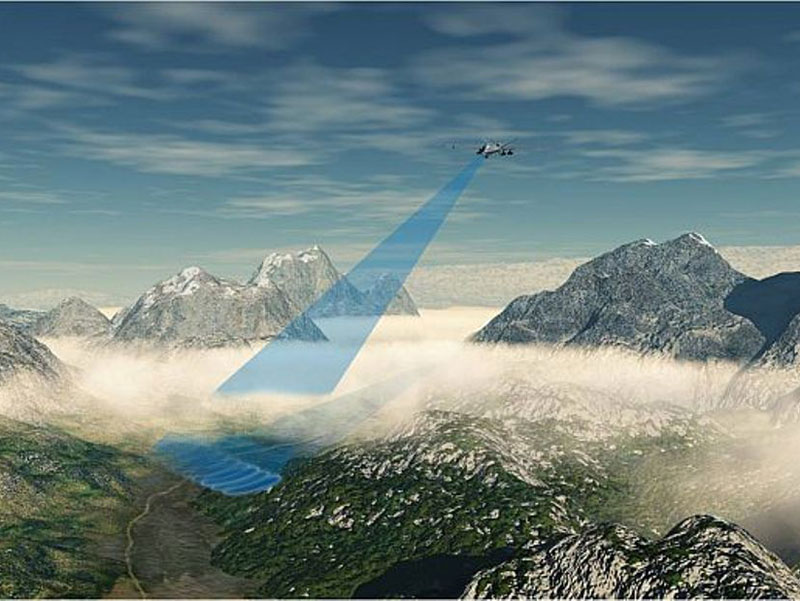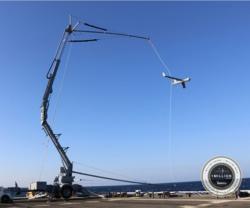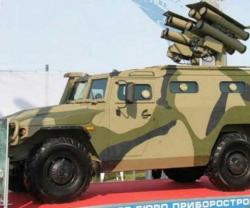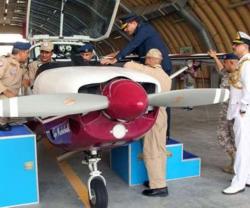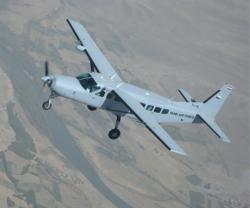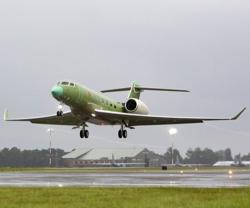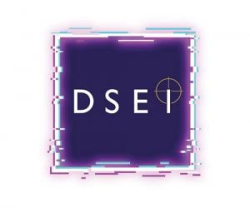U.S. Homeland Security Dept. Tests GA-ASI’s Lynx® Radar
11.09.2012 Security
General Atomics Aeronautical Systems, Inc. (GA ASI), a leading manufacturer of Remotely Piloted Aircraft (RPA), tactical reconnaissance radars, and electro-optic surveillance systems, announced that it has completed the successful integration and operational testing of its Lynx® Multi-mode Radar, a next-generation capability that integrates Synthetic Aperture Radar (SAR), Ground Moving Target Indicator (GMTI), and Dismount Moving Target Indicator (DMTI) radar.
Testing was conducted in May by the U.S. Department of Homeland Security (DHS)/Customs and Border Protection (CBP) out of its National Air Security Operations Center in Grand Forks, N.D. CBP continues to utilize an earlier Lynx variant in day-to-day border search operations aboard its Predator® B RPA, also manufactured by GA-ASI.
“Utilizing the Moving Target Indicator mode for detecting people walking or slow-moving vehicles from an RPA is a cutting-edge capability. The real paradigm shift is DMTI, which allows agents to detect extremely slow-movers, ranging from walkers or people on bicycles,” said Linden Blue, President, Reconnaissance Systems Group, GA-ASI.
The Lynx Multi-mode Radar expands agent situational awareness significantly, enabling them to detect, locate, and improve high geo-location accuracy of a much wider range of moving targets. It also enhances the system’s ability to cross-cue Predator B’s other onboard sensors to pursue high-value targets and allows for improved target tracking.
Integrated into CBP’s Predator B, Lynx Multi-mode demonstrated several significant performance achievements during the test, meeting all of CBP’s required specifications for the radar. The DMTI mode allowed agents to detect both very slow-moving vehicles and personnel moving (dismounts). In addition, the ability to select a GMTI/DMTI target and cross-cue the target to Predator B’s Electro-Optical/Infrared (EO/IR) sensor Field-of-View (FOV) was demonstrated.
The new Lynx Multi-mode Radar is a two-channel variant of the existing single-channel Lynx Block 20 Radar. It utilizes enhanced radar techniques and a Space Time Adaptive Processor (STAP) that permits a target to be imaged using a matrix rather than a linear array. This is a significant technical enhancement that improves the radar’s MTI capabilities, enabling the detection of people.
Testing was conducted in May by the U.S. Department of Homeland Security (DHS)/Customs and Border Protection (CBP) out of its National Air Security Operations Center in Grand Forks, N.D. CBP continues to utilize an earlier Lynx variant in day-to-day border search operations aboard its Predator® B RPA, also manufactured by GA-ASI.
“Utilizing the Moving Target Indicator mode for detecting people walking or slow-moving vehicles from an RPA is a cutting-edge capability. The real paradigm shift is DMTI, which allows agents to detect extremely slow-movers, ranging from walkers or people on bicycles,” said Linden Blue, President, Reconnaissance Systems Group, GA-ASI.
The Lynx Multi-mode Radar expands agent situational awareness significantly, enabling them to detect, locate, and improve high geo-location accuracy of a much wider range of moving targets. It also enhances the system’s ability to cross-cue Predator B’s other onboard sensors to pursue high-value targets and allows for improved target tracking.
Integrated into CBP’s Predator B, Lynx Multi-mode demonstrated several significant performance achievements during the test, meeting all of CBP’s required specifications for the radar. The DMTI mode allowed agents to detect both very slow-moving vehicles and personnel moving (dismounts). In addition, the ability to select a GMTI/DMTI target and cross-cue the target to Predator B’s Electro-Optical/Infrared (EO/IR) sensor Field-of-View (FOV) was demonstrated.
The new Lynx Multi-mode Radar is a two-channel variant of the existing single-channel Lynx Block 20 Radar. It utilizes enhanced radar techniques and a Space Time Adaptive Processor (STAP) that permits a target to be imaged using a matrix rather than a linear array. This is a significant technical enhancement that improves the radar’s MTI capabilities, enabling the detection of people.
Previous PostDubai to Scan Inbound Travelers
Latest news
Latest events
IDEF 2025 Turkey - International Defence Industry Fair
22 - 27 Jul 2025Istanbul Expo Center - TurkeyDSEI 2025
09 - 12 Sep 2025Excel, London - United KingdomIntersec Saudi Arabia
29 Sep - 01 Oct 2025Riyadh International Exhibition & Convention Centre - Saudi ArabiaDubai International Air Chiefs’ Conference (DIACC 2025)
16 Nov 2025Atlantis, The Palm Dubai - United Arab Emirates

